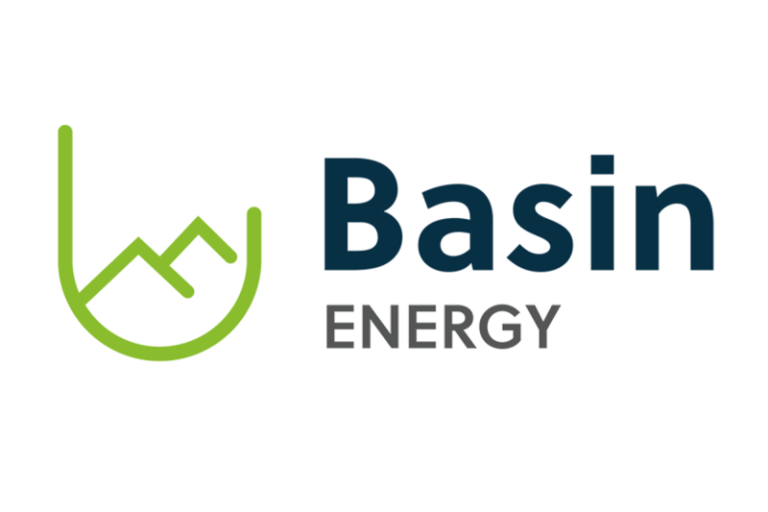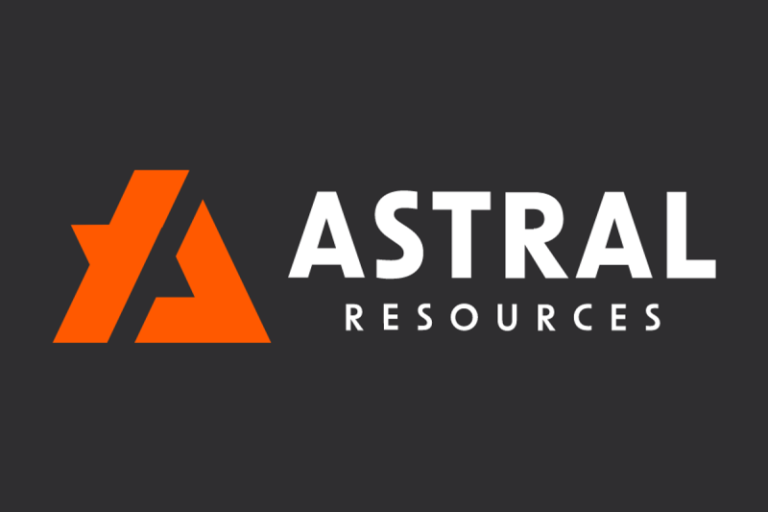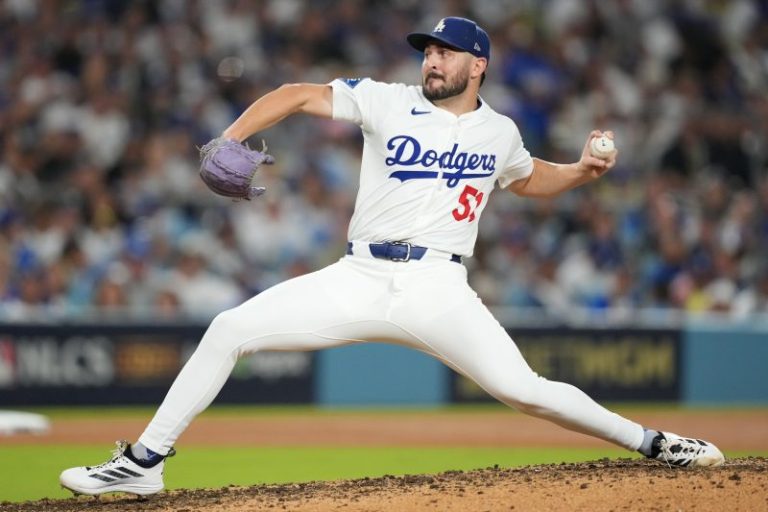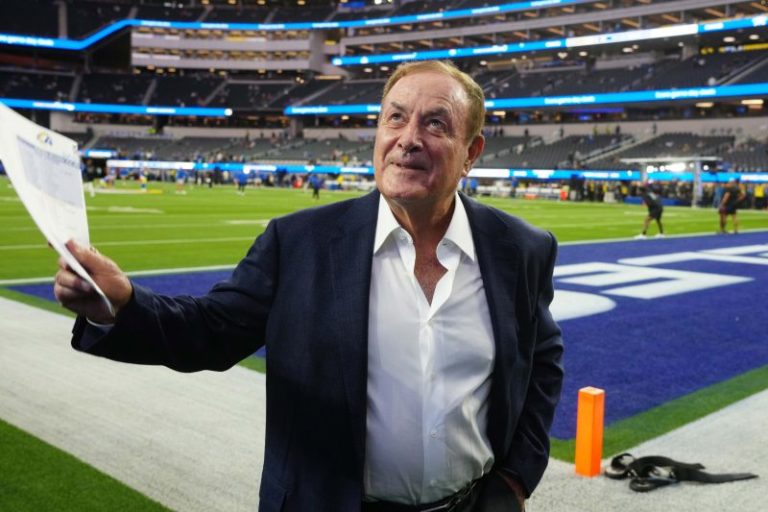Sun Summit Minerals Corp. (TSXV: SMN,OTC:SMREF) (OTCQB: SMREF) (‘Sun Summit’ or the ‘Company’) is pleased to announce that it will be attending and presenting at the 51st Annual New Orleans Investment Conference, taking place November 2–5, 2025 at the Hilton New Orleans Riverside.
Niel Marotta, CEO and Director, will host a Sunrise Session presentation on Tuesday, November 4 at 7:15 AM (Churchill B2), where he will share updates on the Company’s flagship JD Project in British Columbia’s Toodoggone District, following the completion of a successful 2025 exploration season.
Space is limited. Investors are invited to RSVP by October 31 to info@sunsummitminerals.com, and to visit Sun Summit at Booth #229 throughout the conference.
The New Orleans Investment Conference brings together leading analysts, newsletter writers, and investors to discuss emerging opportunities across all major asset classes. Register today at https://neworleansconference.com/online-registration/.
About the JD Project
The JD Project is located in the Toodoggone mining district in north-central British Columbia, a highly prospective deposit-rich mineral trend. The project covers an area of over 15,000 hectares and is in close proximity to active exploration and development projects, such as Thesis Gold’s Lawyers and Ranch projects, TDG Gold’s Baker-Shasta projects, Amarc Resource’s AuRORA project, Centerra’s Gold’s Kemess East and Underground projects, as well as the past-producing Kemess open pit copper-gold mine.
The project is 450 kilometres northwest of the city of Prince George, and 25 kilometres north of the Sturdee airstrip. It is proximal to existing infrastructure in place to support the past-producing Kemess mine, including roads and a hydroelectric power line.
The JD Project is in a favourable geological environment characterized by both high-grade epithermal gold and silver mineralization, as well as porphyry-related copper and gold mineralization. Some historical exploration, including drilling, geochemistry and geophysics, has been carried out on the property, however the project area is largely underexplored.
About Sun Summit
Sun Summit Minerals (TSXV: SMN,OTC:SMREF) (OTCQB: SMREF) is a mineral exploration company focused on the discovery, expansion and advancement of district-scale gold and copper assets in British Columbia. The Company’s diverse portfolio includes its flagship JD Project and the nearby Theory Project in the Toodoggone region of north-central B.C., as well as the Buck Project in central B.C.
Further details are available at www.sunsummitminerals.com.
On behalf of the board of directors
Niel Marotta
Chief Executive Officer & Director
info@sunsummitminerals.com
For further information, contact:
Matthew Benedetto, Simone Capital
mbenedetto@simonecapital.ca
Tel. 416-817-1226
Neither the TSX Venture Exchange nor its Regulation Services Provider (as that term is defined in the policies of the TSX Venture Exchange) accepts responsibility for the adequacy or accuracy of this release.
Forward-Looking Statements
Statements contained in this news release that are not historical in nature may be ‘forward-looking information’ within the meaning of applicable Canadian securities legislation (‘forward-looking statements ‘), which involve risks, uncertainties and other factors that could cause actual results to differ materially from those expressed or implied by such forward-looking statements. These forward-looking statements, by their nature, require Sun Summit to make certain assumptions and necessarily involve known and unknown risks and uncertainties that could cause actual results to differ materially from those expressed or implied in these forward-looking statements. Forward-looking statements are not guarantees of performance. Words such as ‘may’, ‘will’, ‘would’, ‘could’, ‘expect’, ‘believe’, ‘plan’, ‘anticipate’, ‘intend’, ‘estimate’, ‘continue’, ‘objective’, ‘strategy’, or the negative or comparable terminology, as well as terms usually used in the future and the conditional, are intended to identify forward-looking statements. Information contained in forward-looking statements is based upon certain material assumptions that were applied in drawing a conclusion or making a forecast or projection, including the assumptions, qualifications, limitations or statements relating to the pending results of the drill holes, the success of the exploration program, the impressive results of the drill campaign, the ability of exploration activities (including drilling) to accurately predict mineralization, future drill programs and high-priority targets, our timing and ability to receive assay results, the reliability of historical information that cannot be independently verified by Sun Summit, interests in the JD Project, errors in geological modelling, and the adjacent properties having any significance to the projects in which Sun Summit has an interest. There is significant risk that the forward-looking statements will not prove to be accurate, that the management’s assumptions may not be correct and that actual results may differ materially from such forward-looking statements. These forward-looking statements are based on a number of assumptions which may prove to be incorrect which, without limiting the generality of the following, include: the Company’s ability to obtain assay results for the completed drill program; the anticipated results varying from current indications, including the already released drill results; risks inherent in exploration activities; volatility and sensitivity to market prices; volatility and sensitivity to capital market fluctuations; and fluctuations in metal prices. Accordingly, readers should not place undue reliance on the forward-looking statements. The forward-looking statements contained in this news release are made as of the date hereof or the dates specifically referenced in this news release, where applicable. Except as required by applicable securities laws and regulation, Sun Summit disclaims any intention or obligation to update or revise any forward-looking statement, whether as a result of new information, future events or otherwise, except as required by applicable securities laws. All forward-looking statements contained in this news release are expressly qualified by this cautionary statement.
To view the source version of this press release, please visit https://www.newsfilecorp.com/release/271649
News Provided by Newsfile via QuoteMedia










